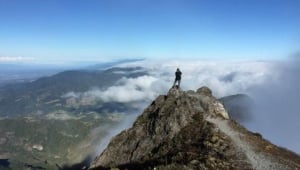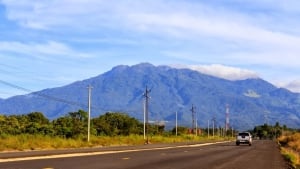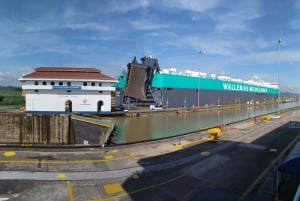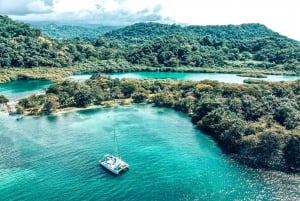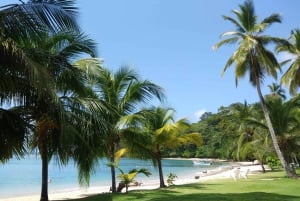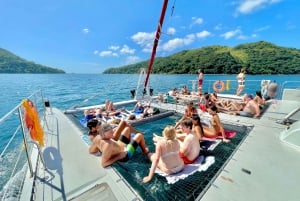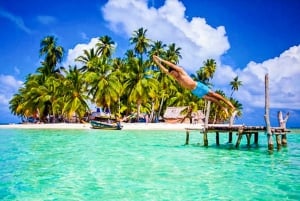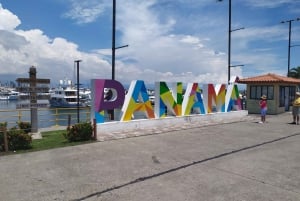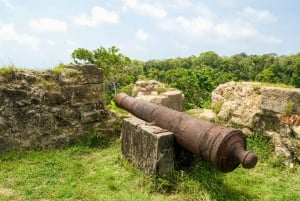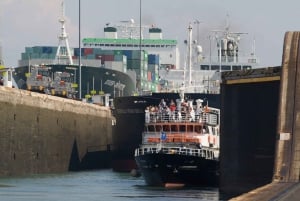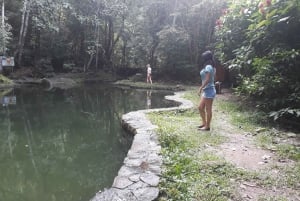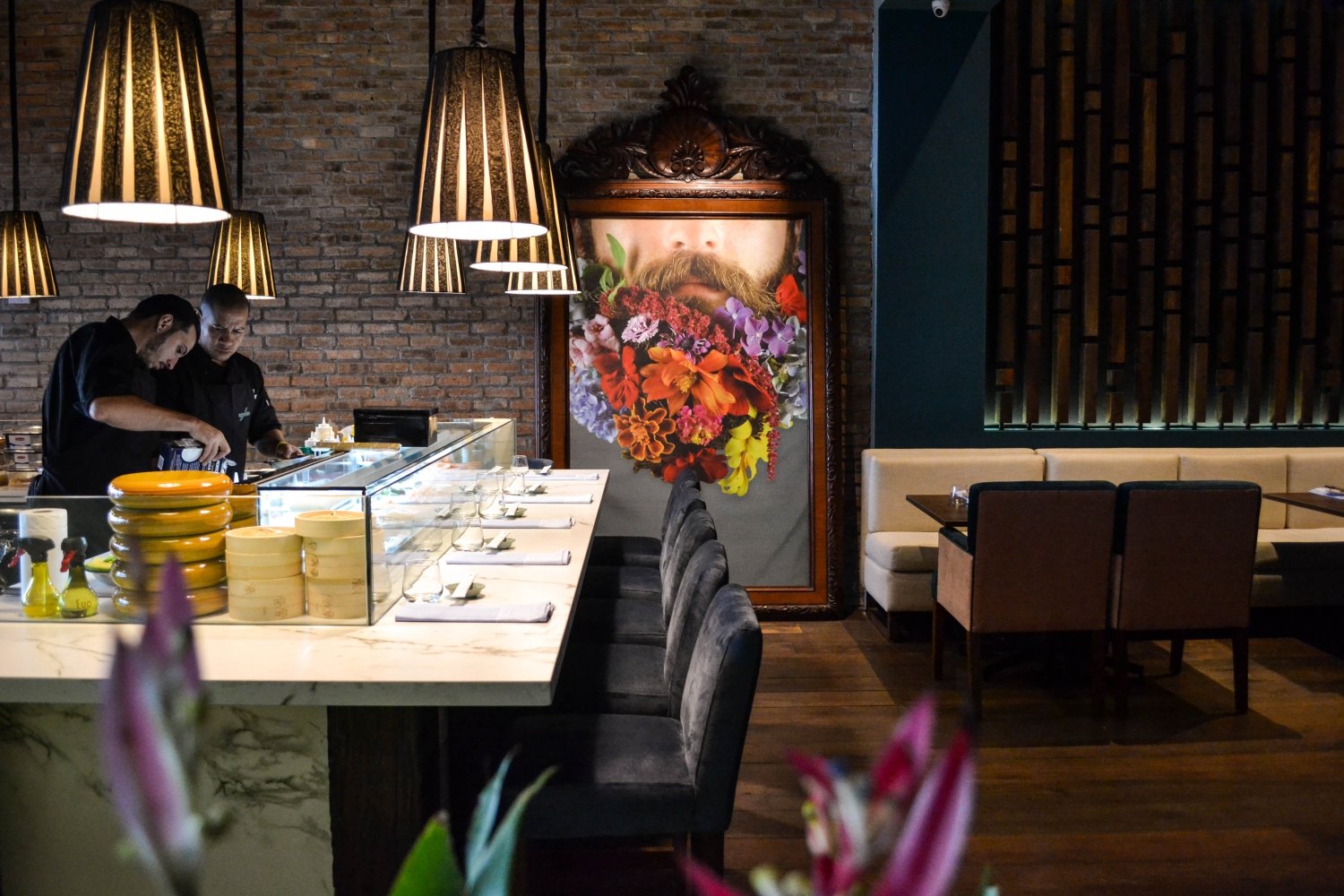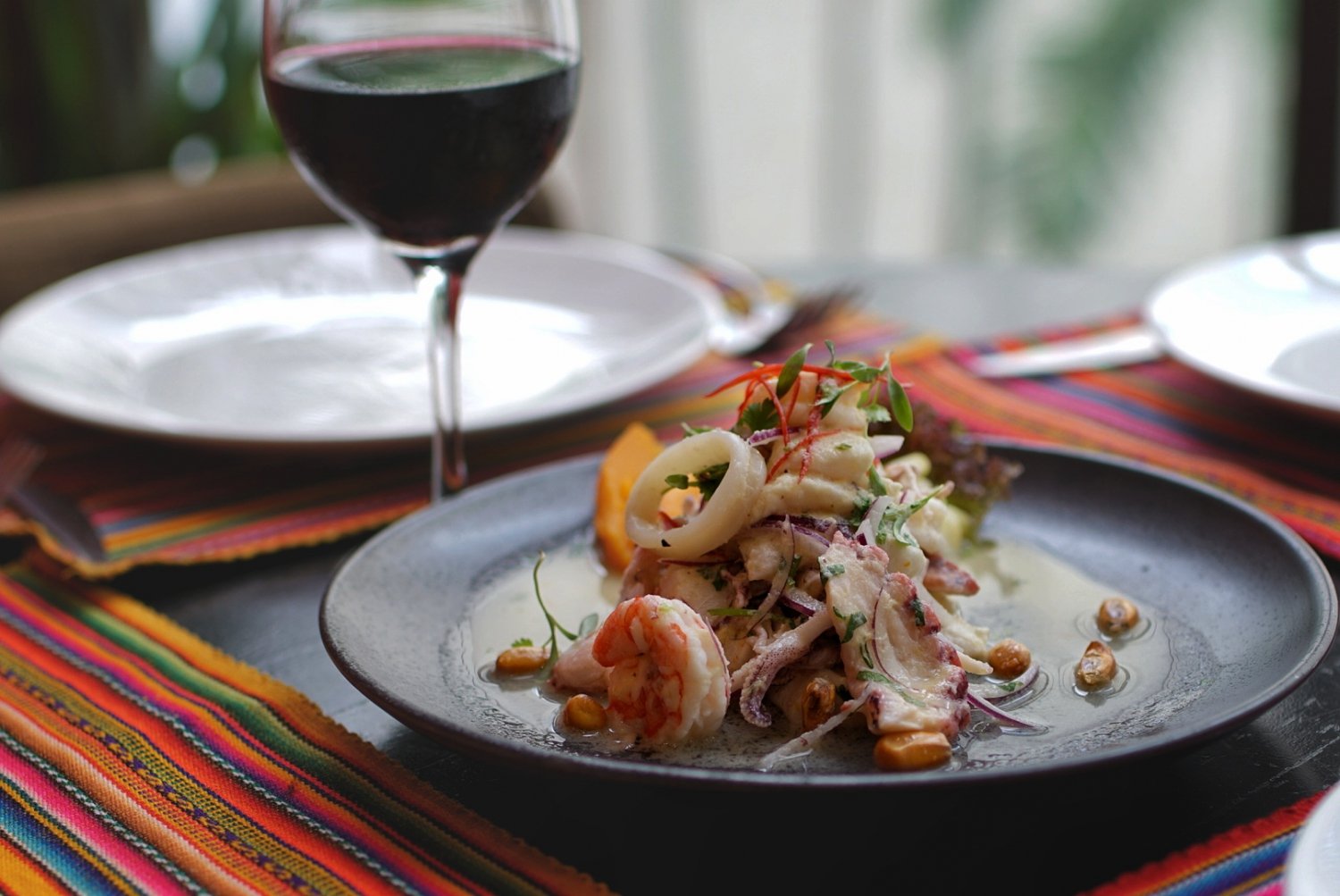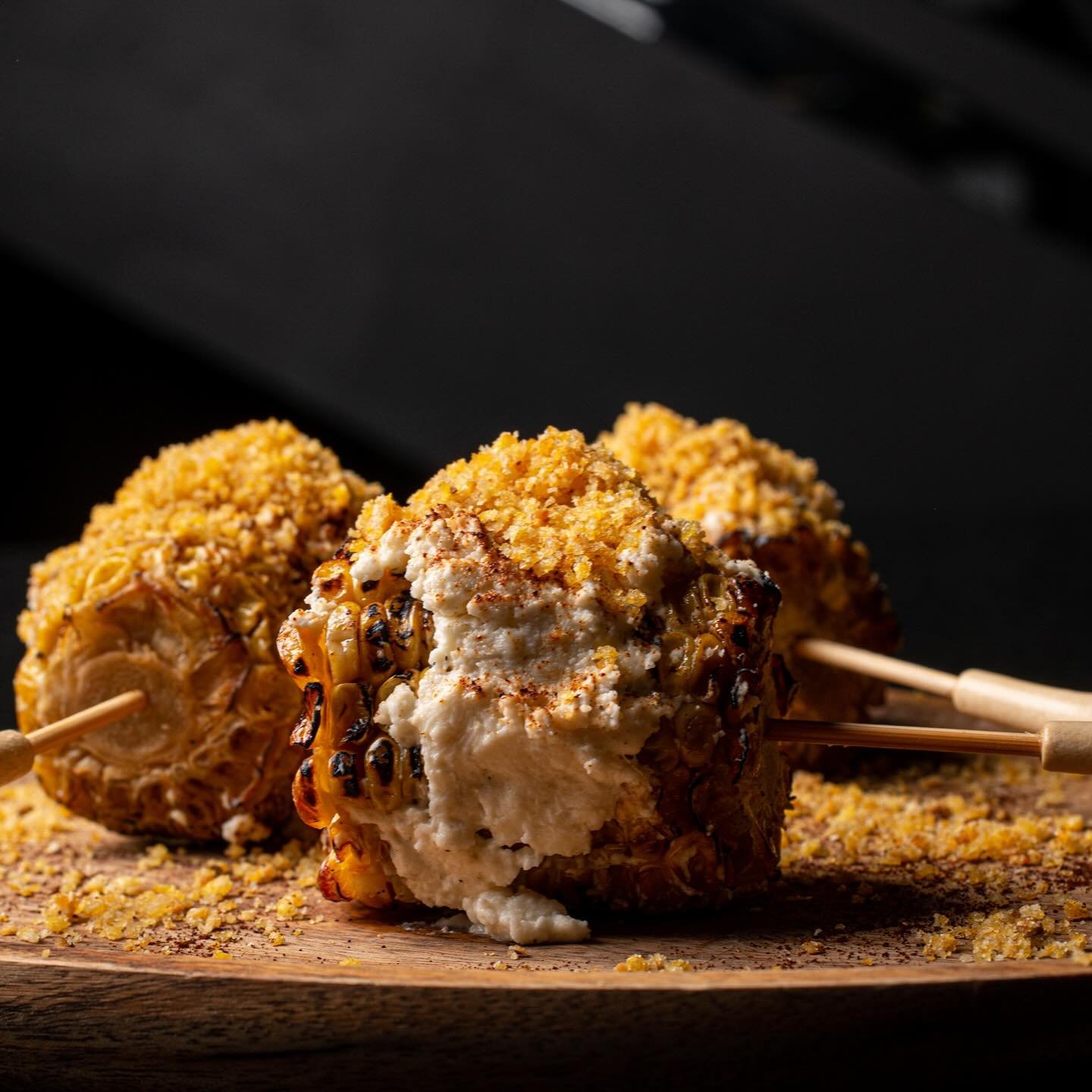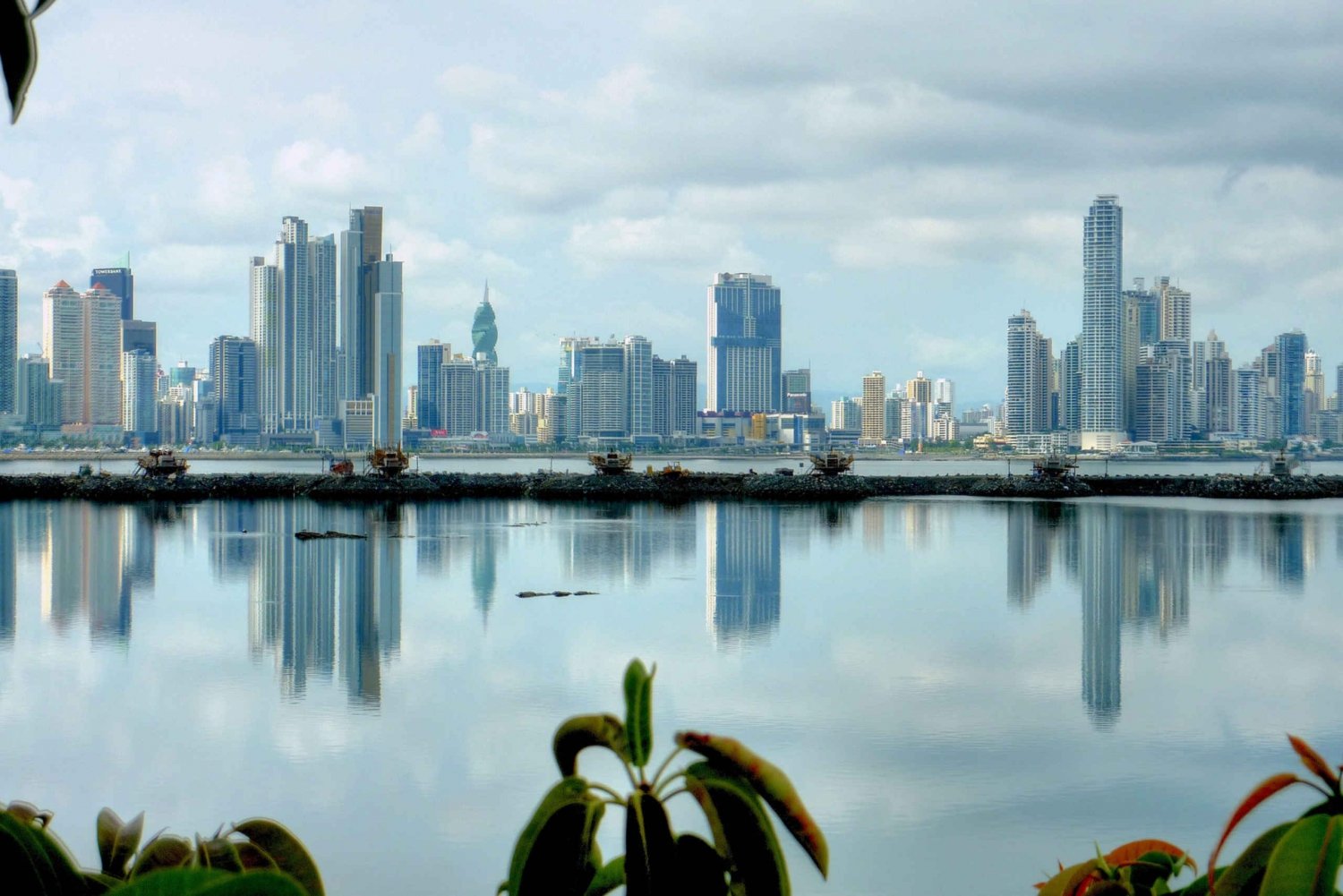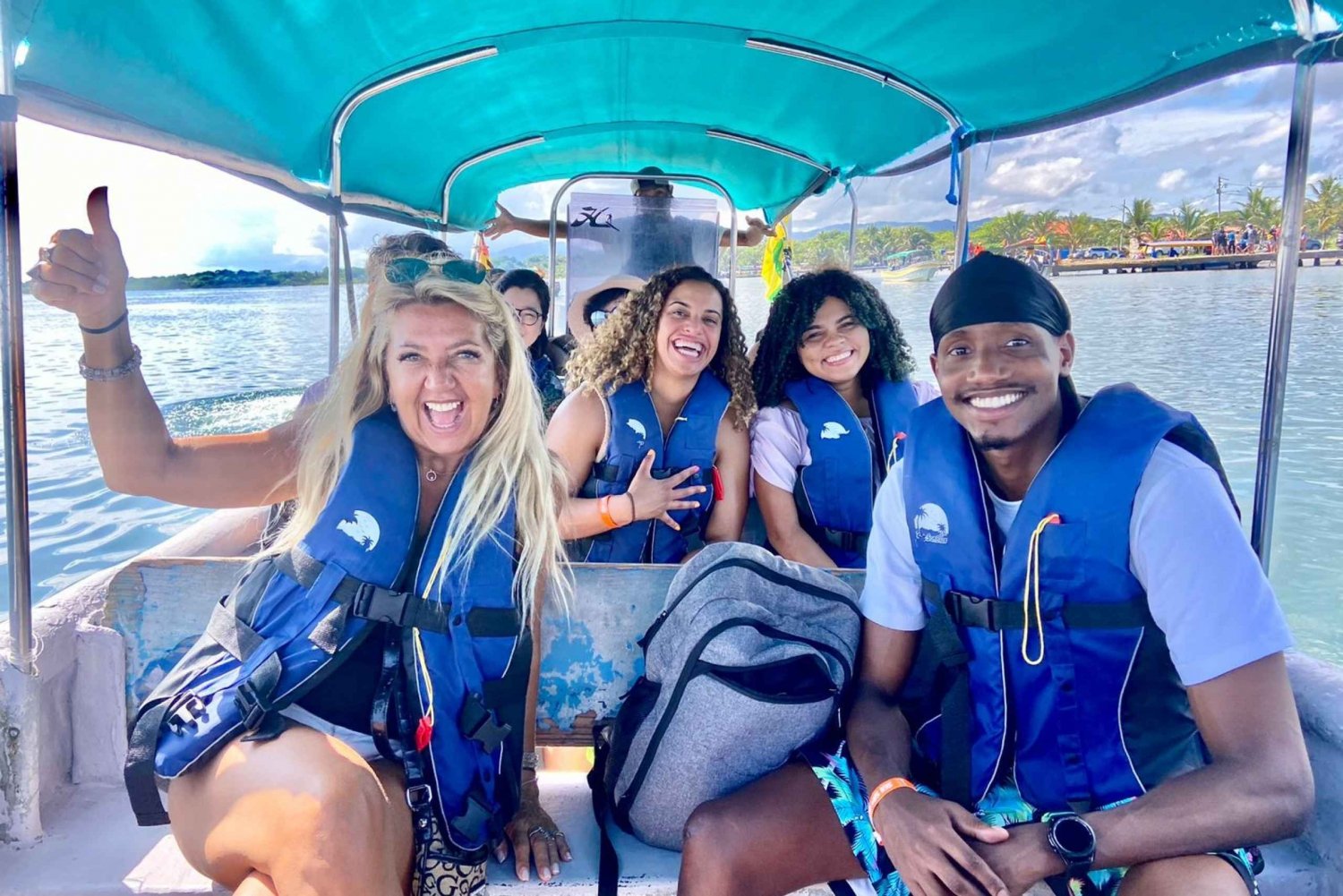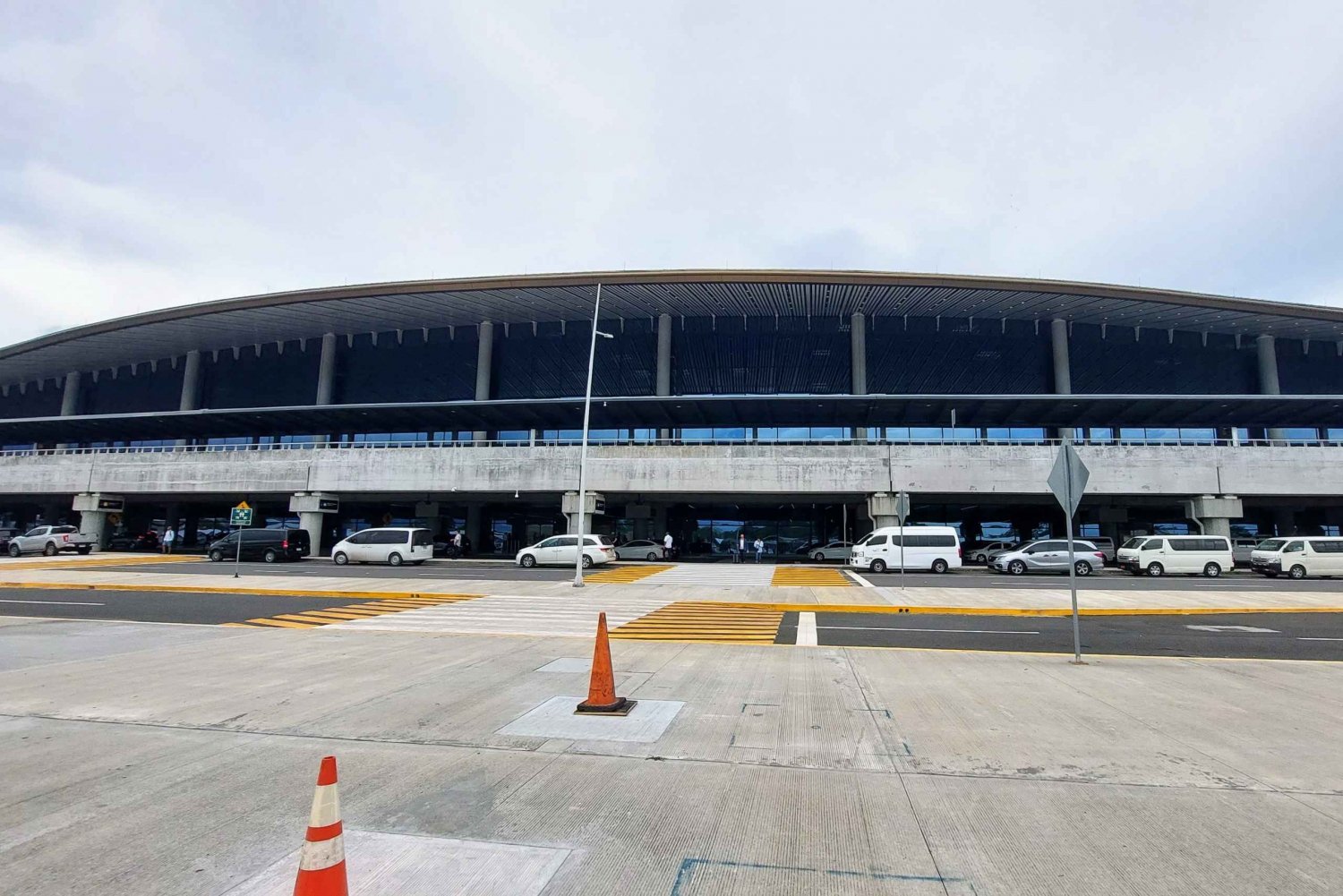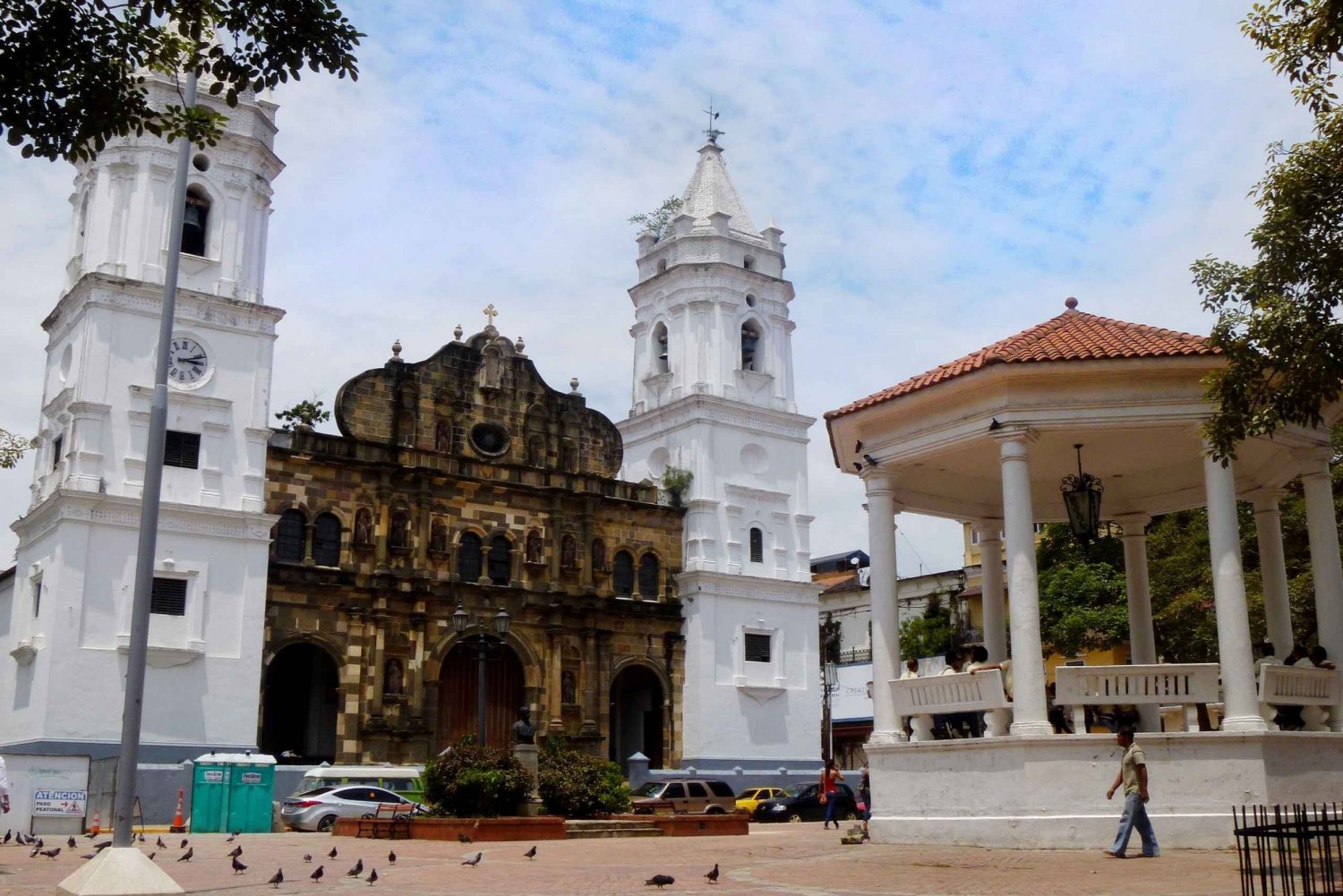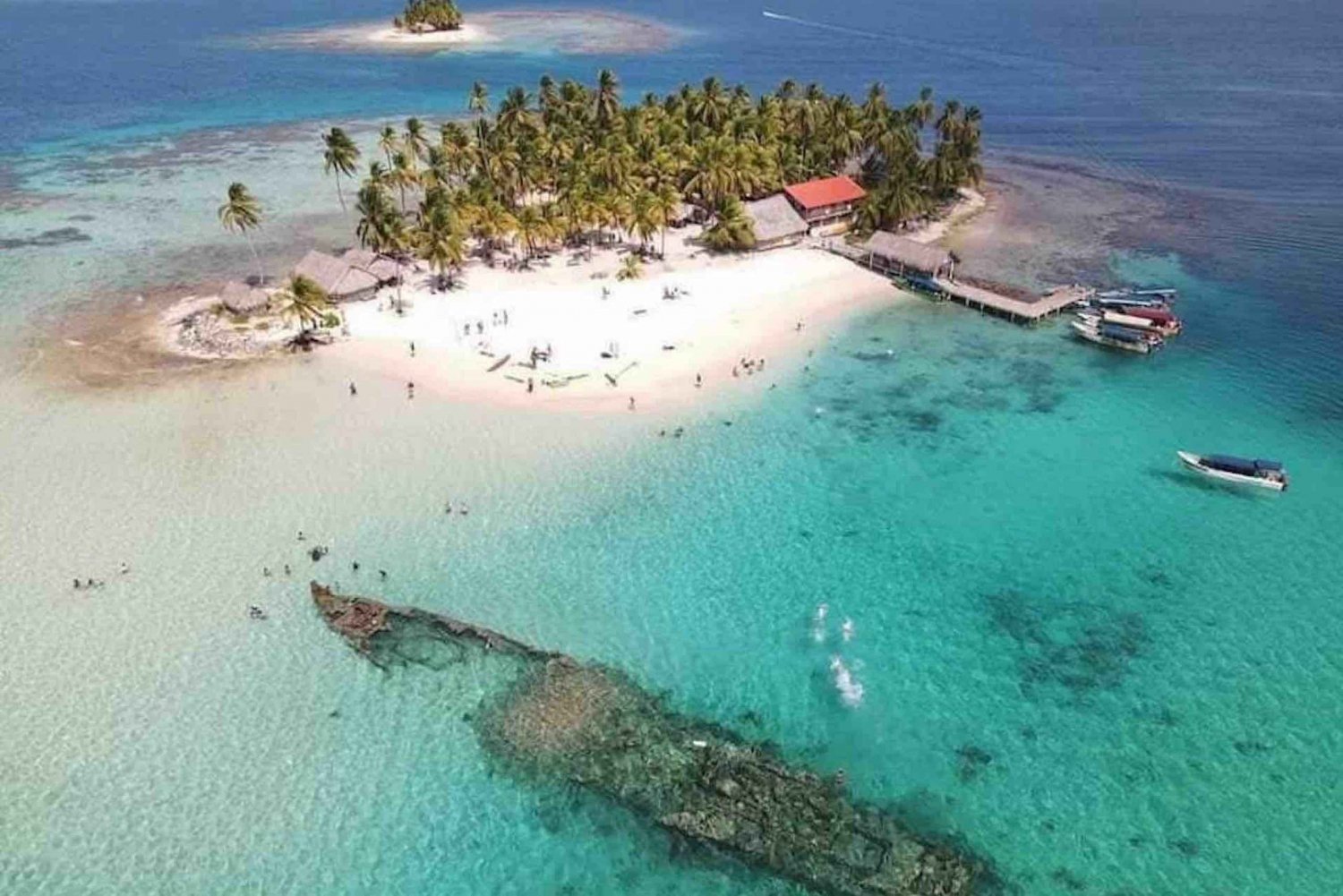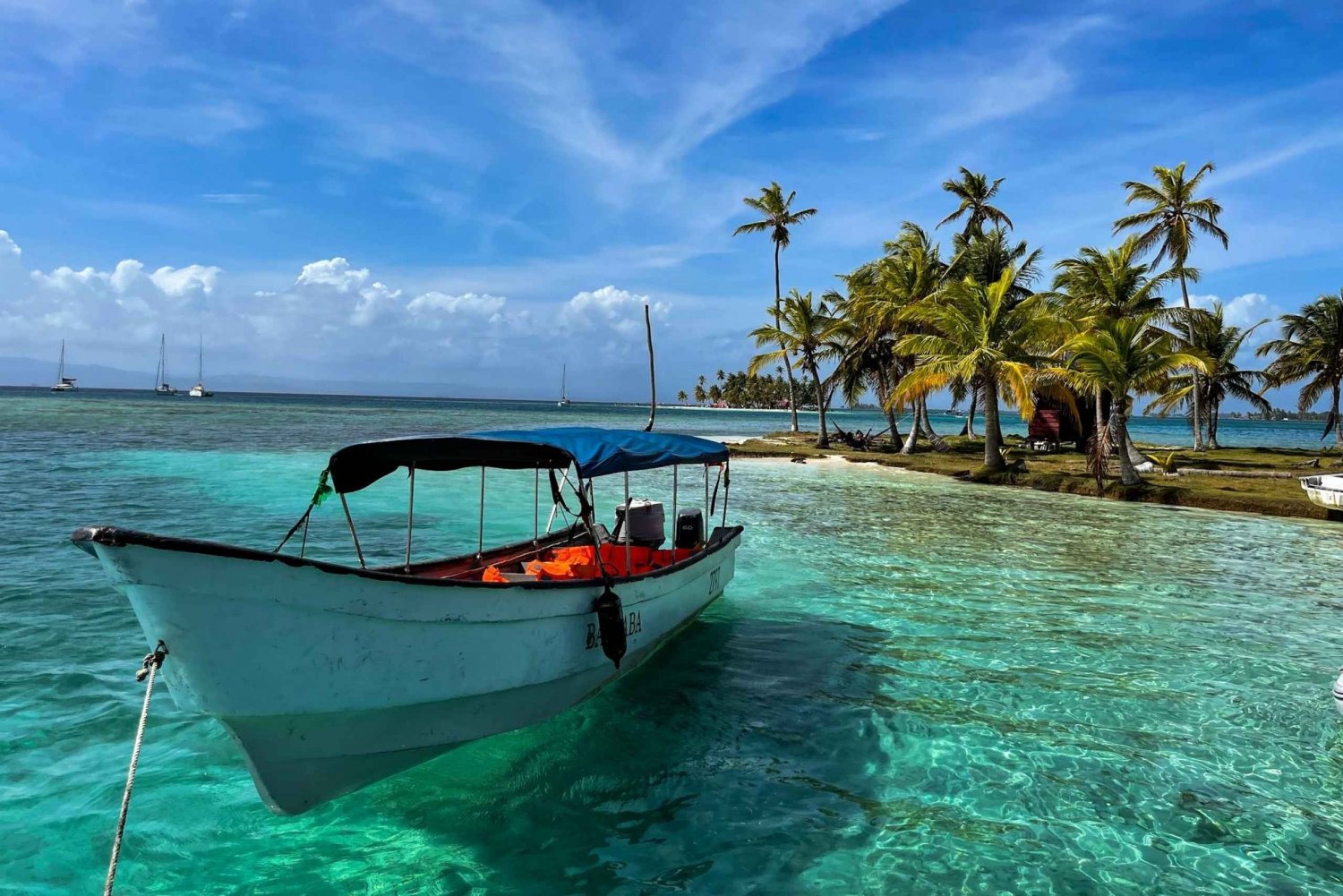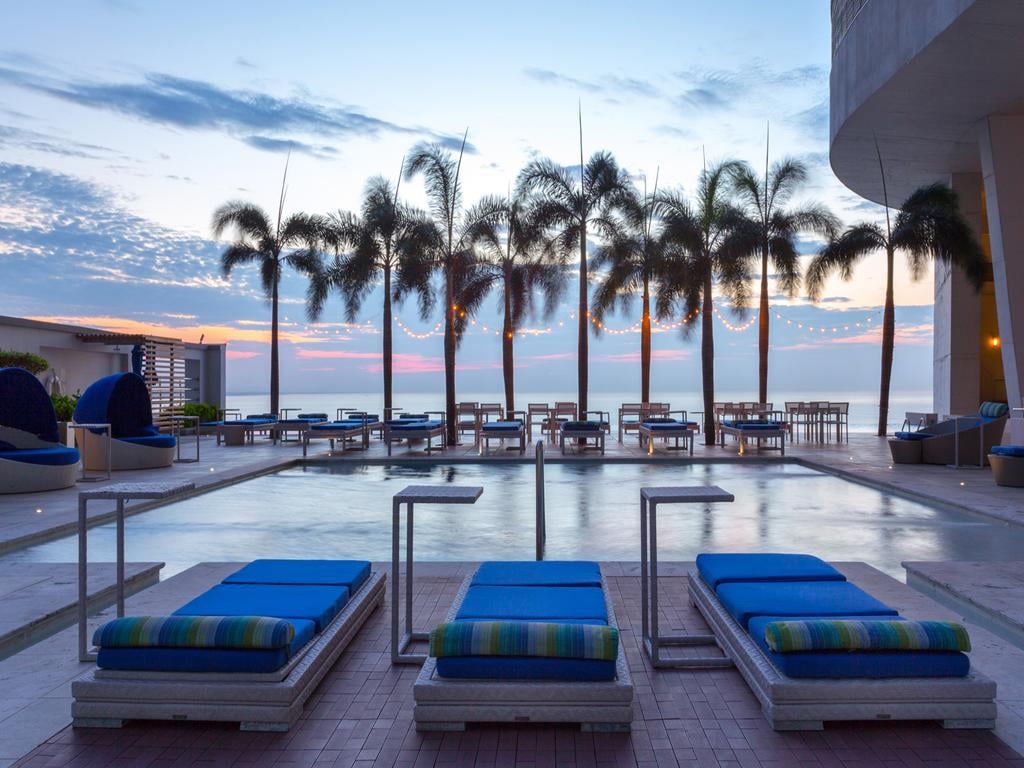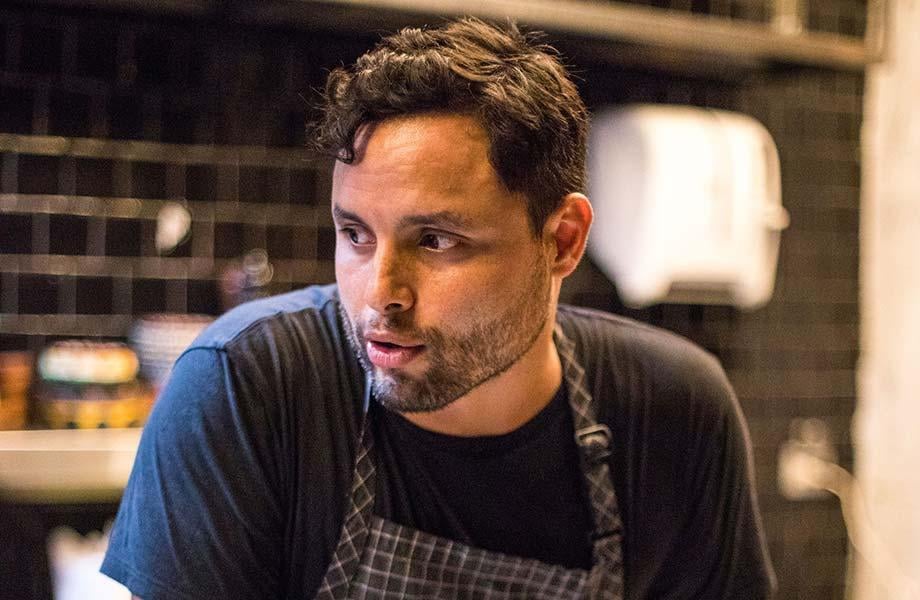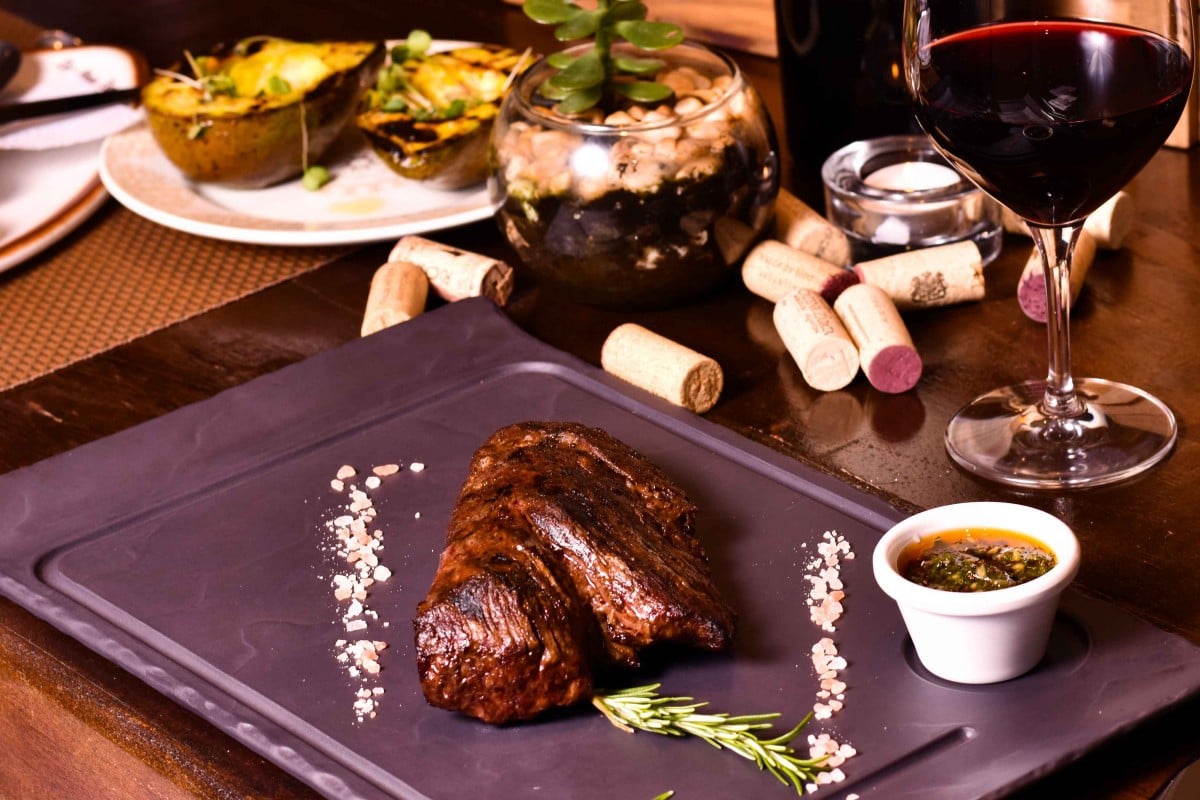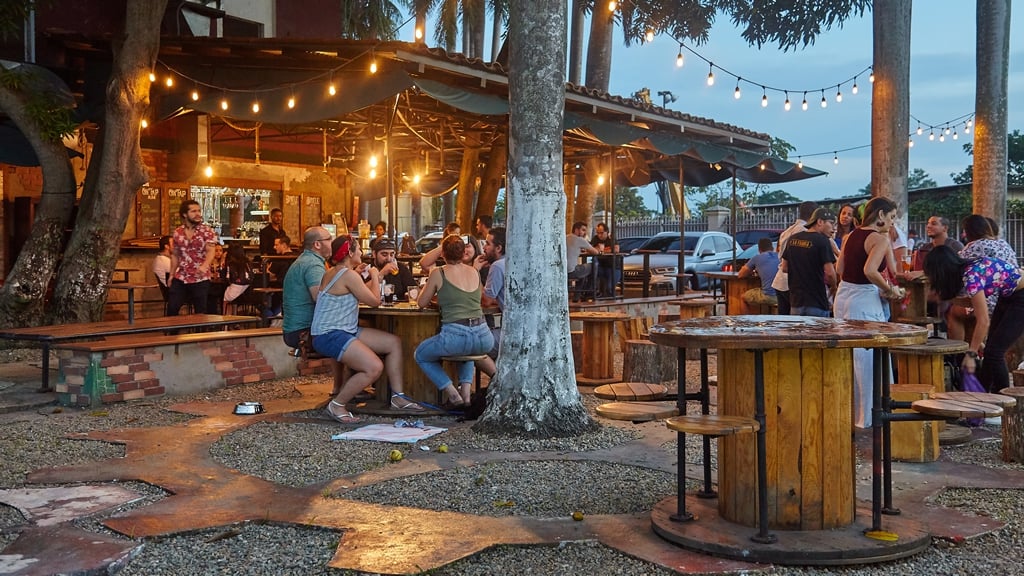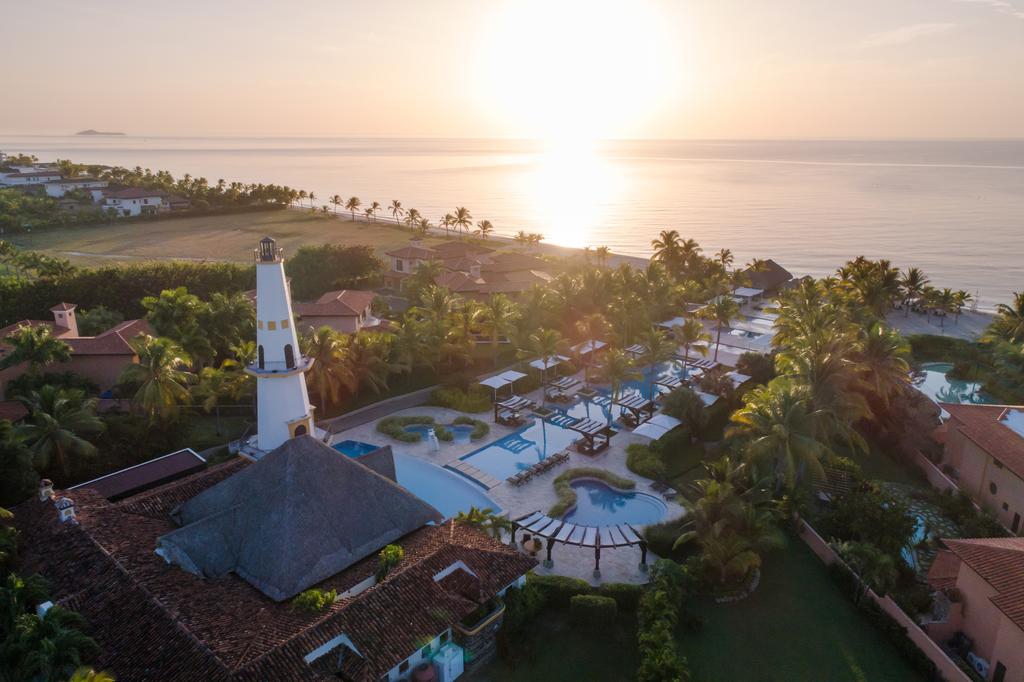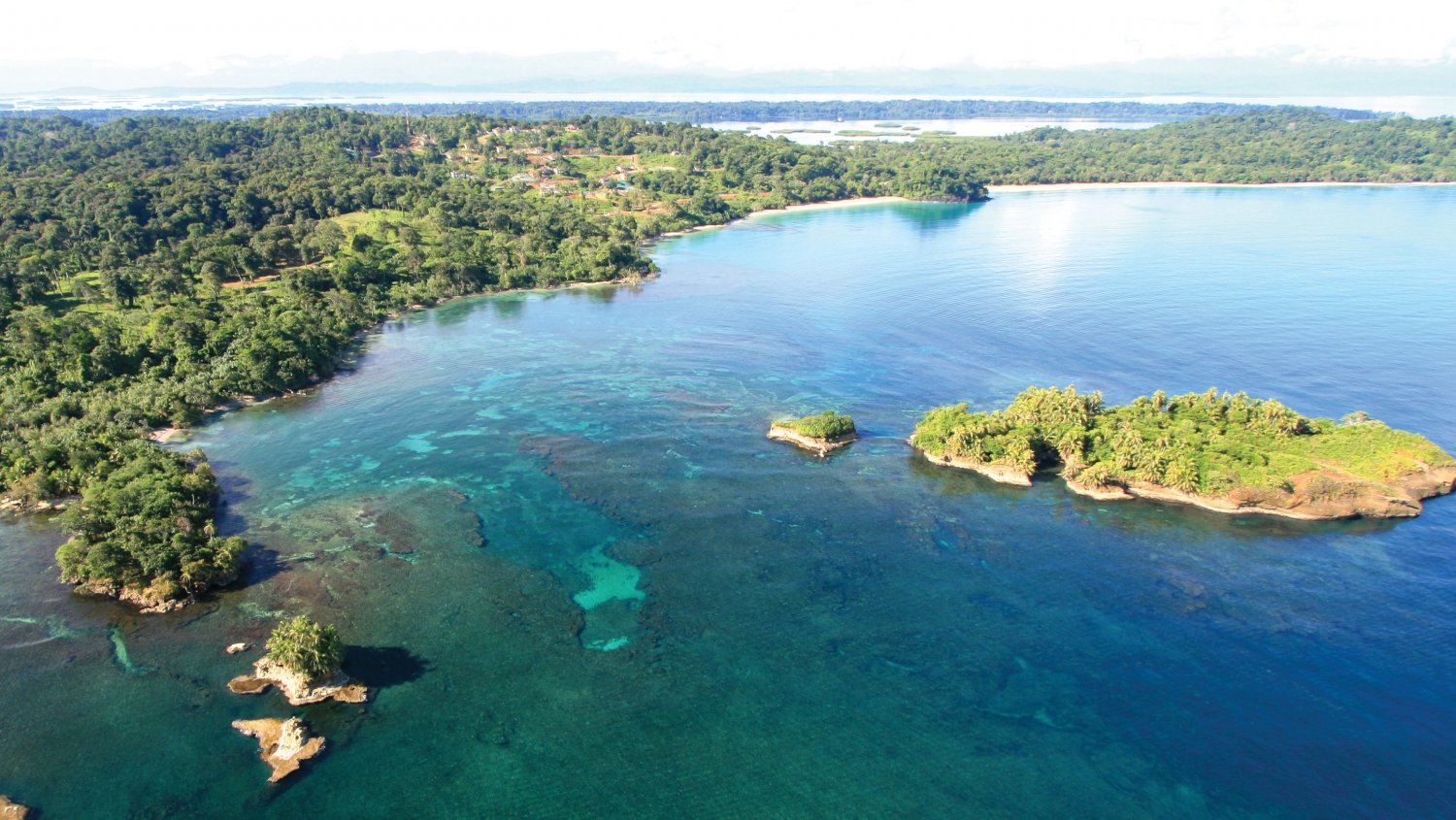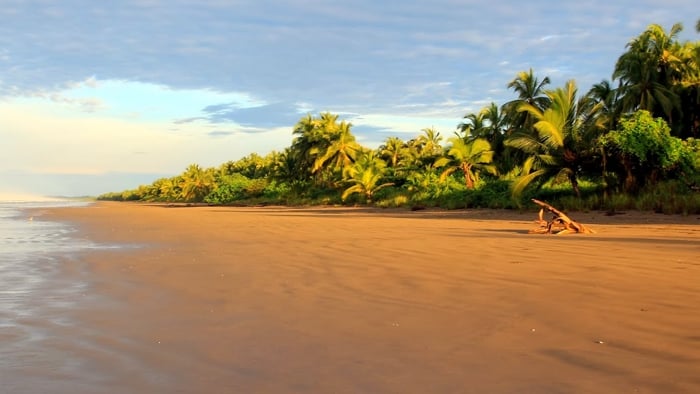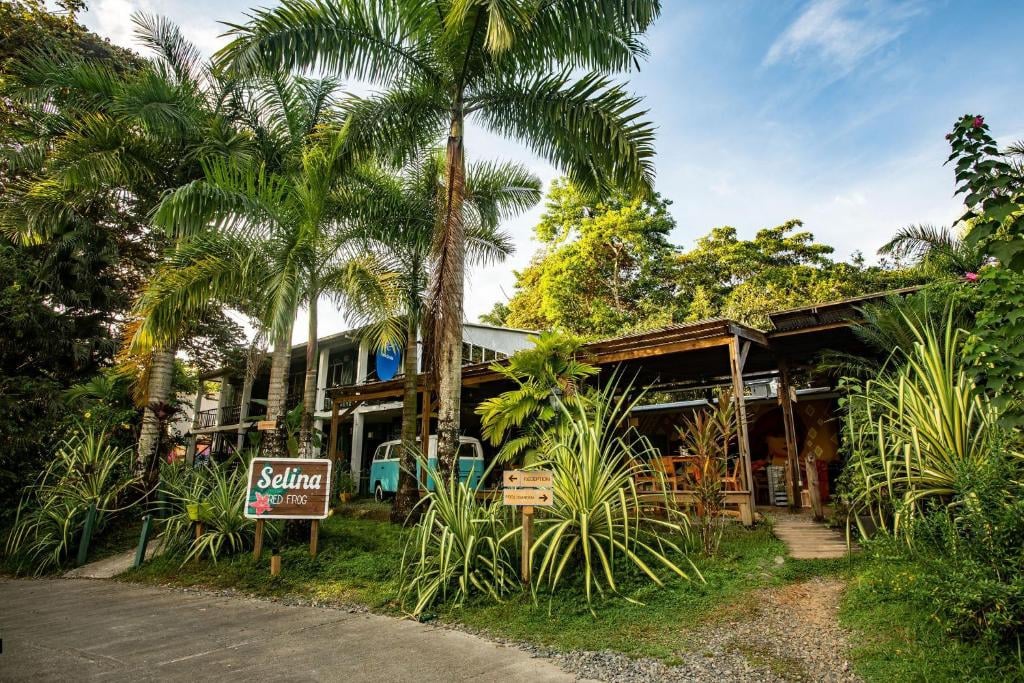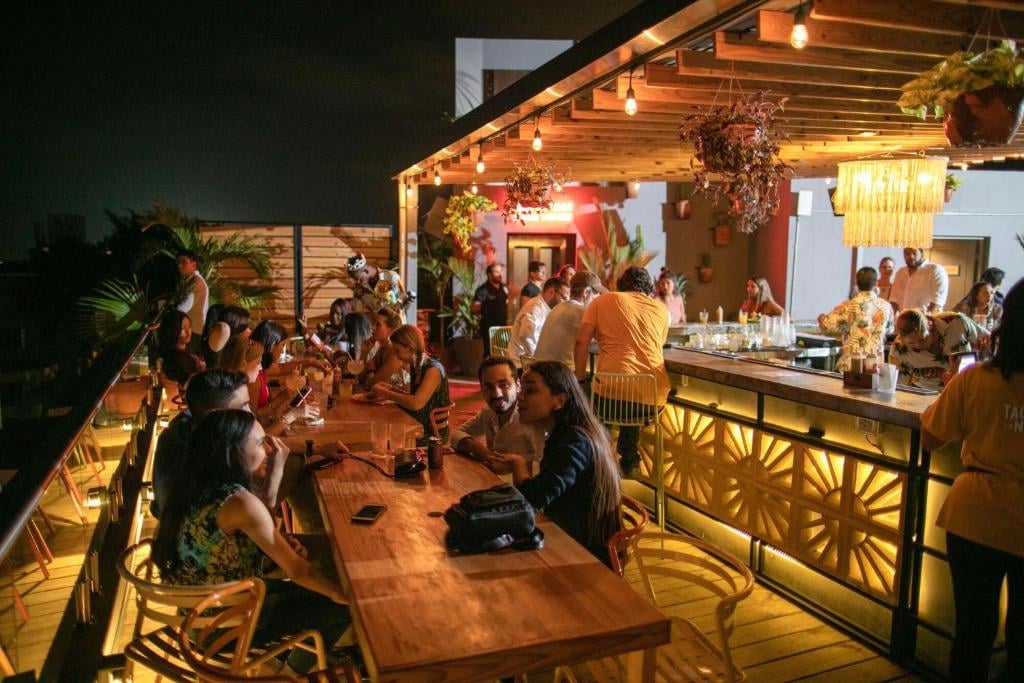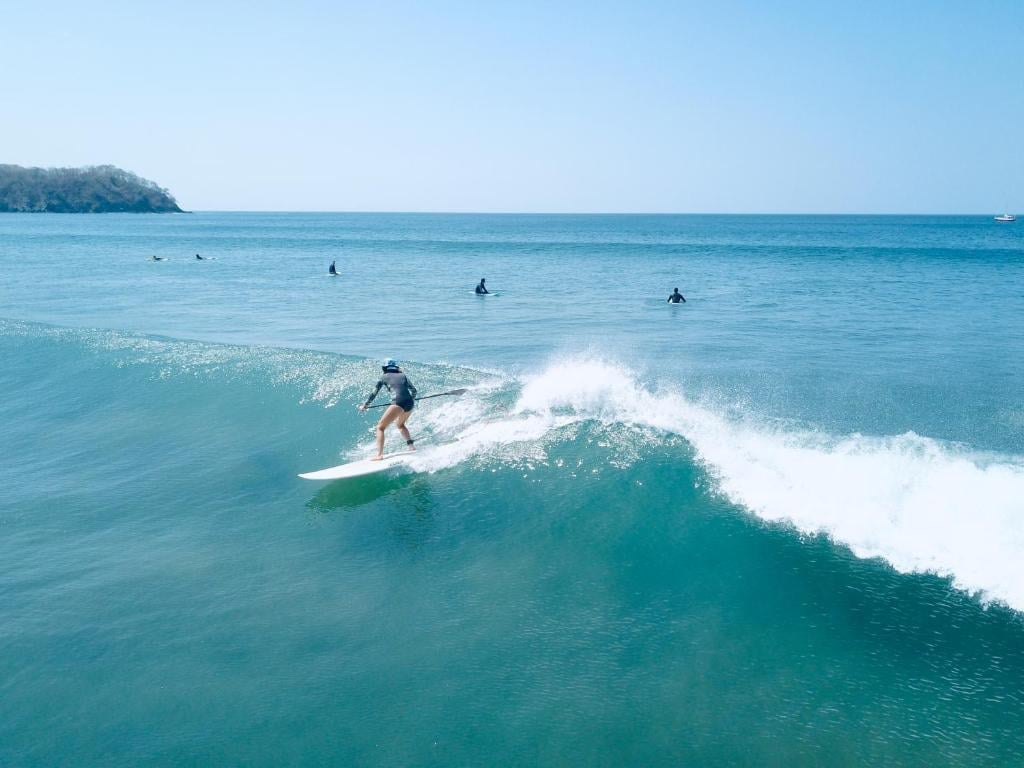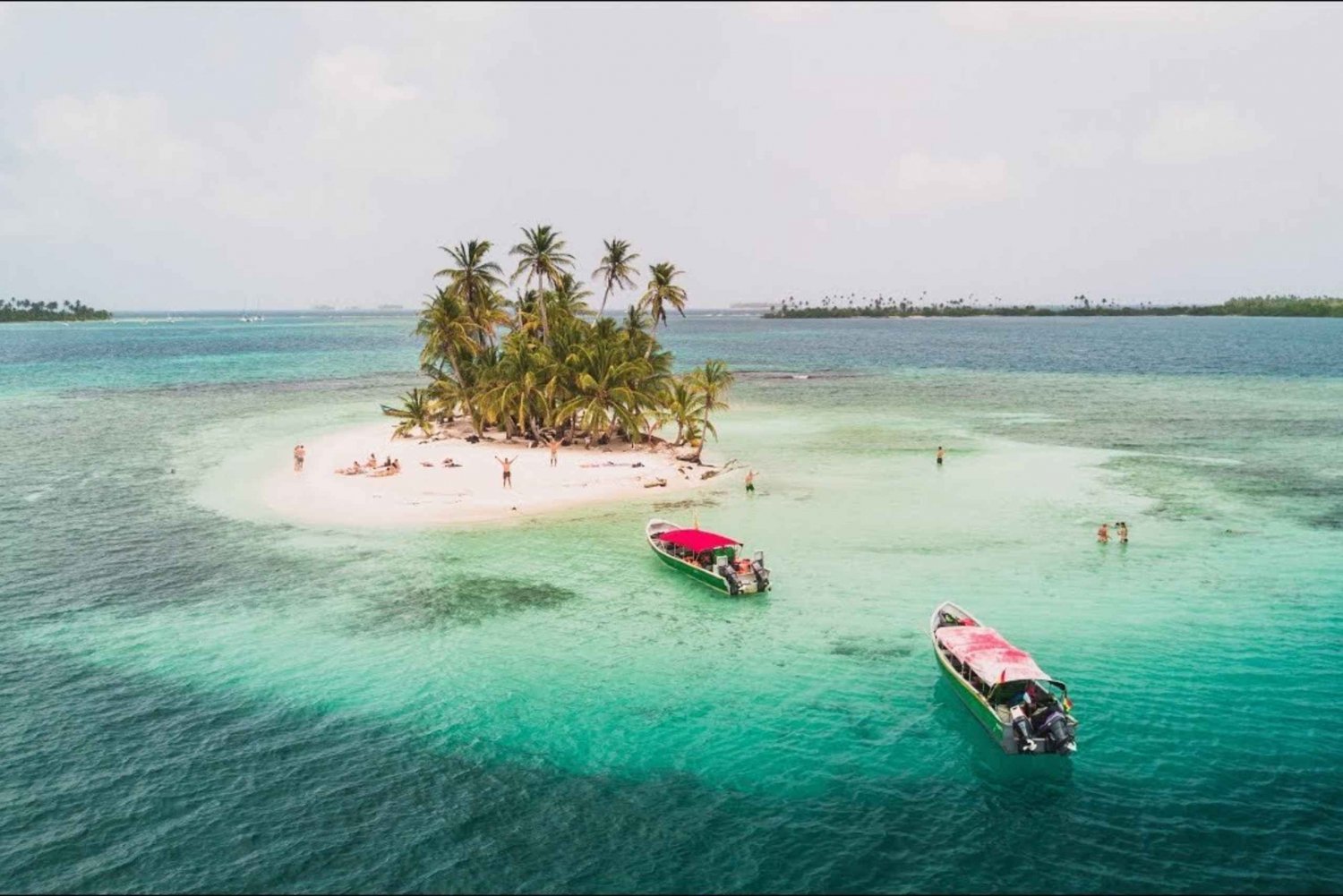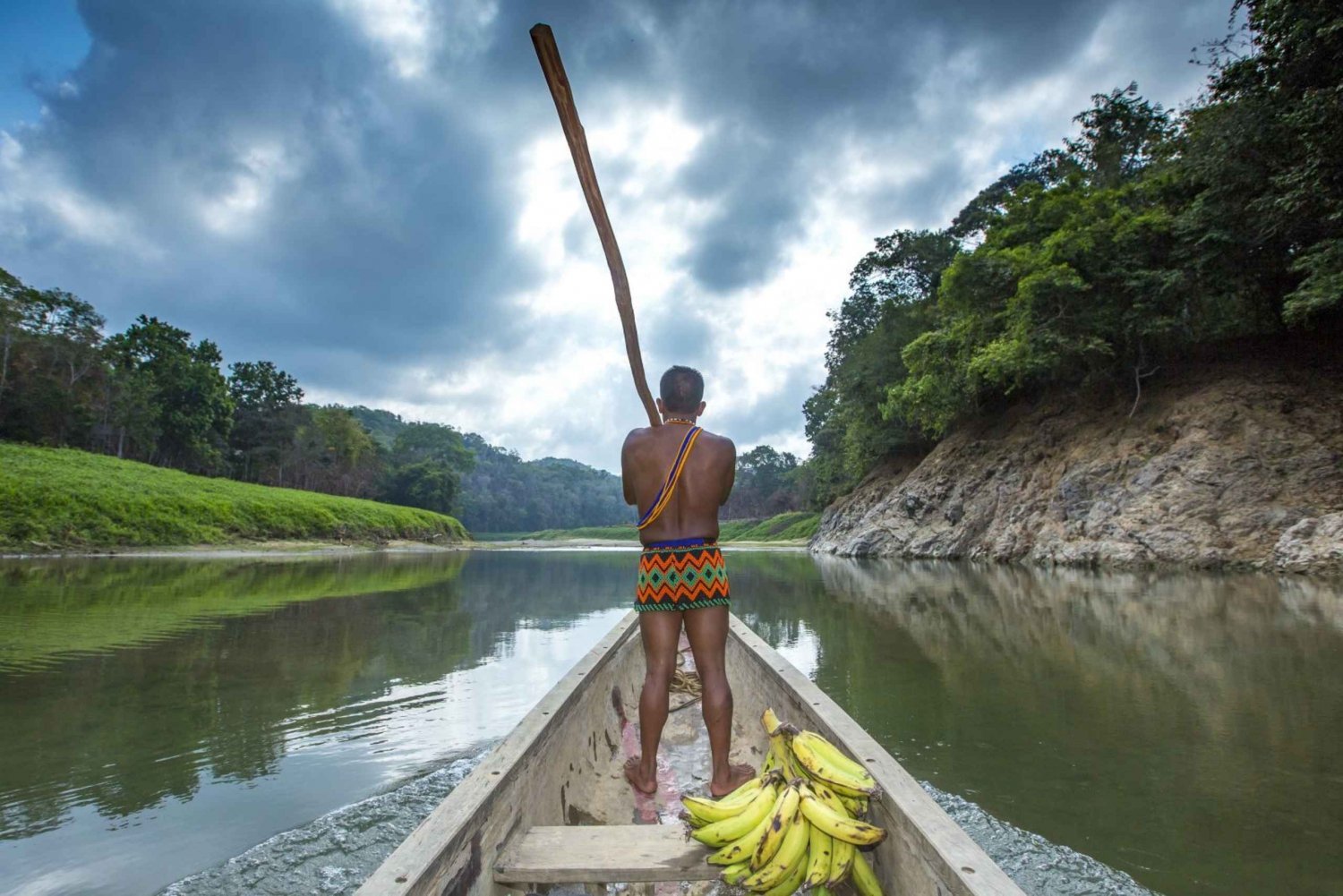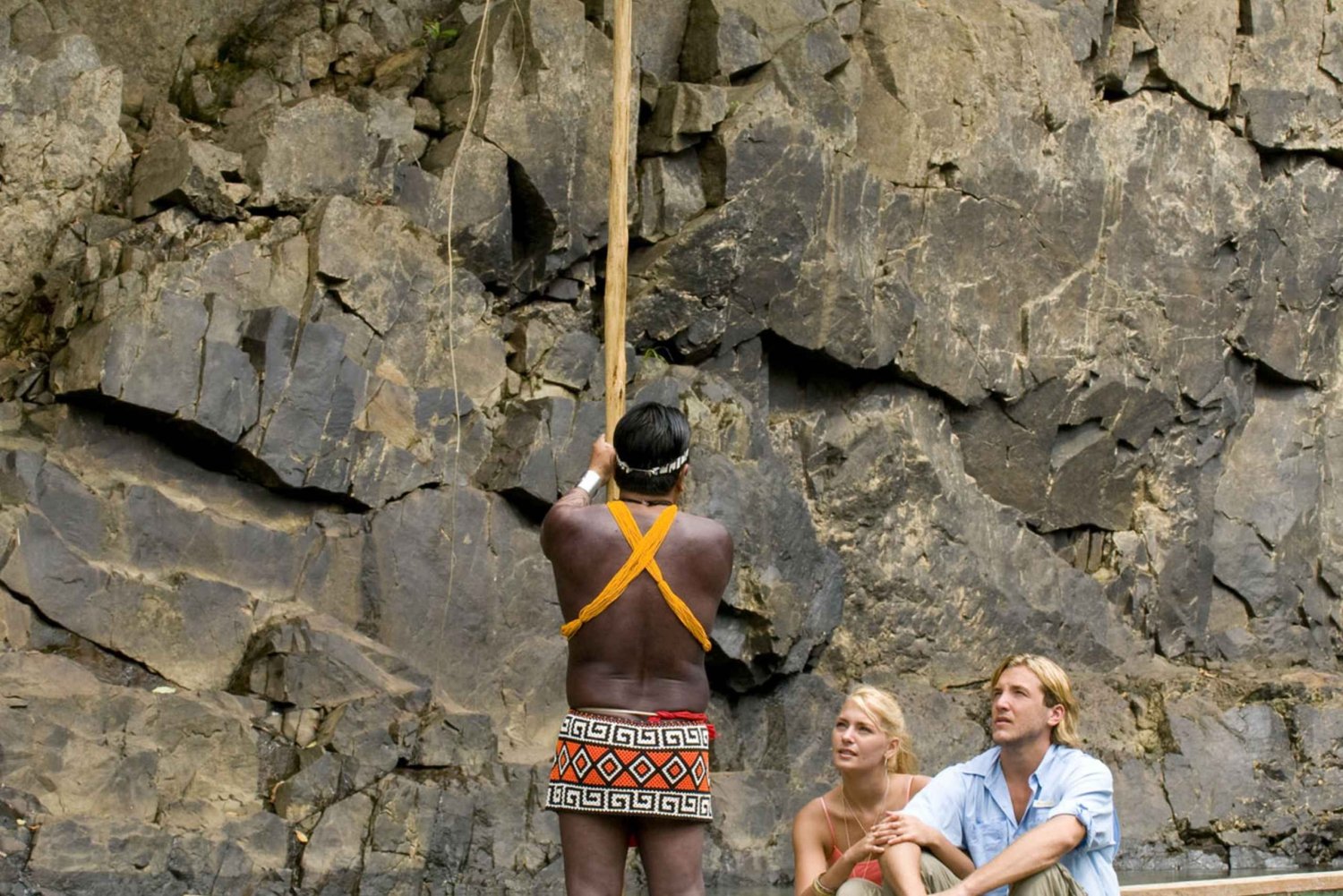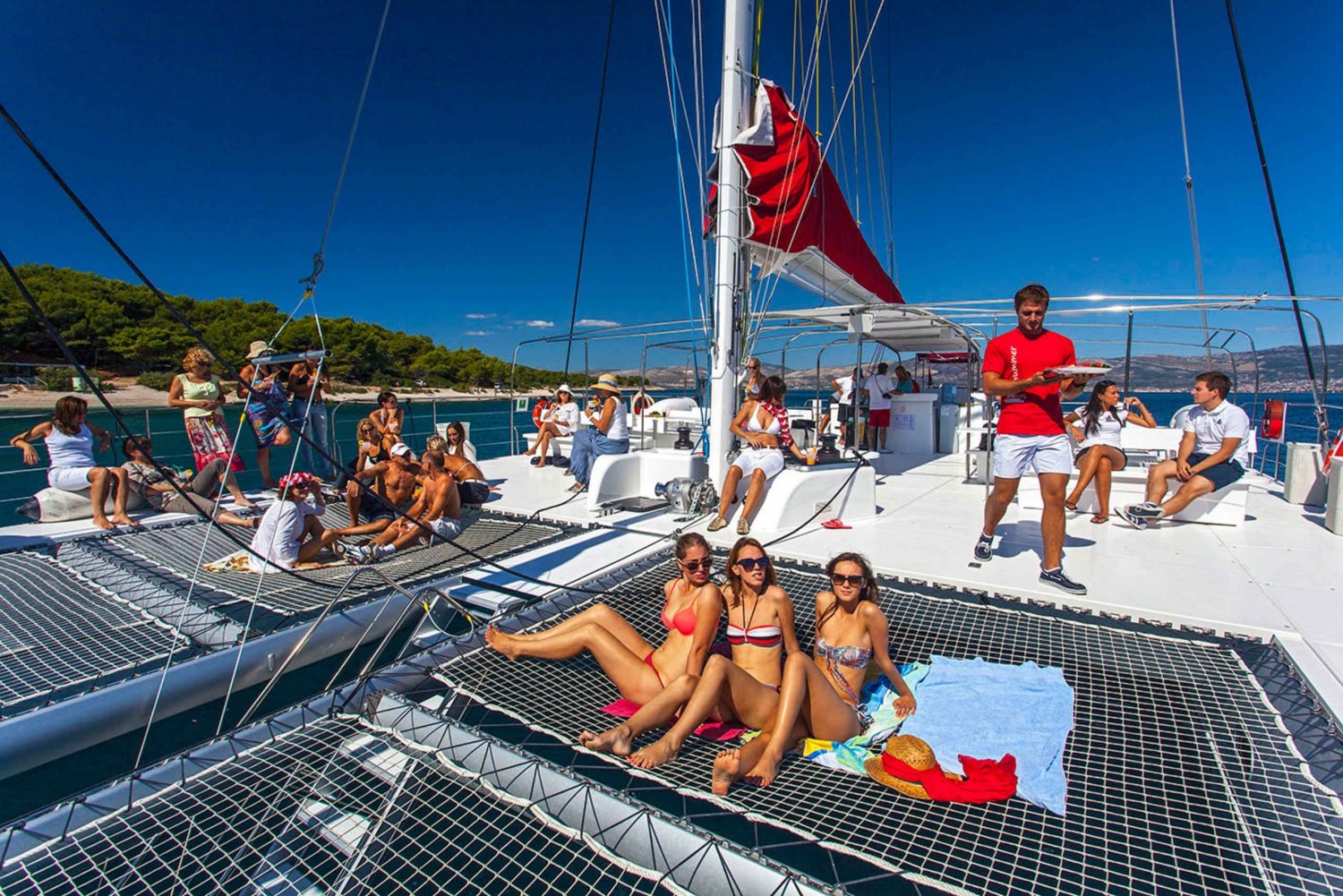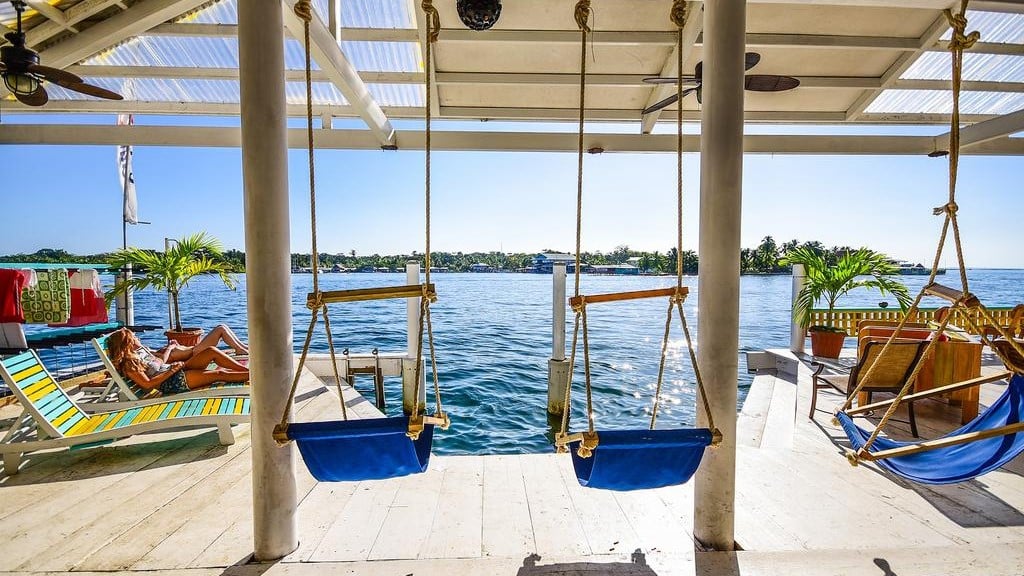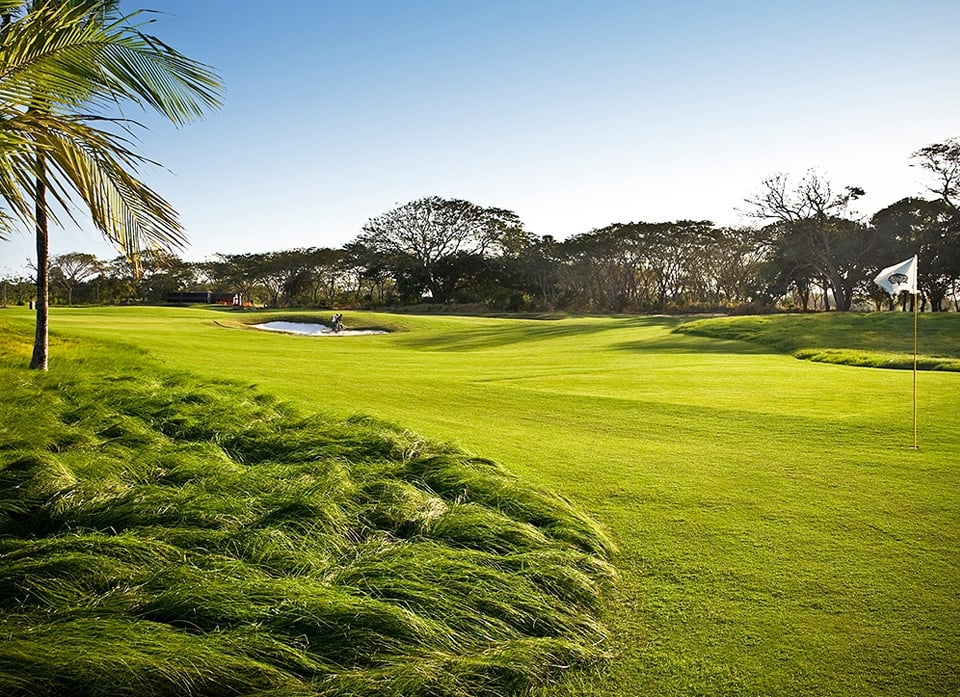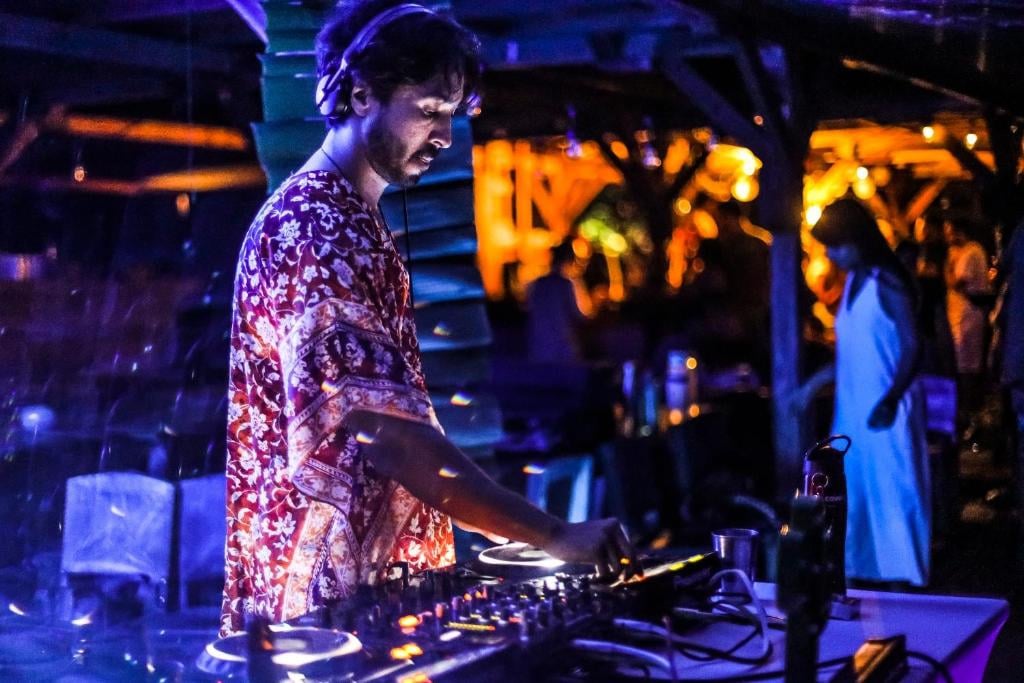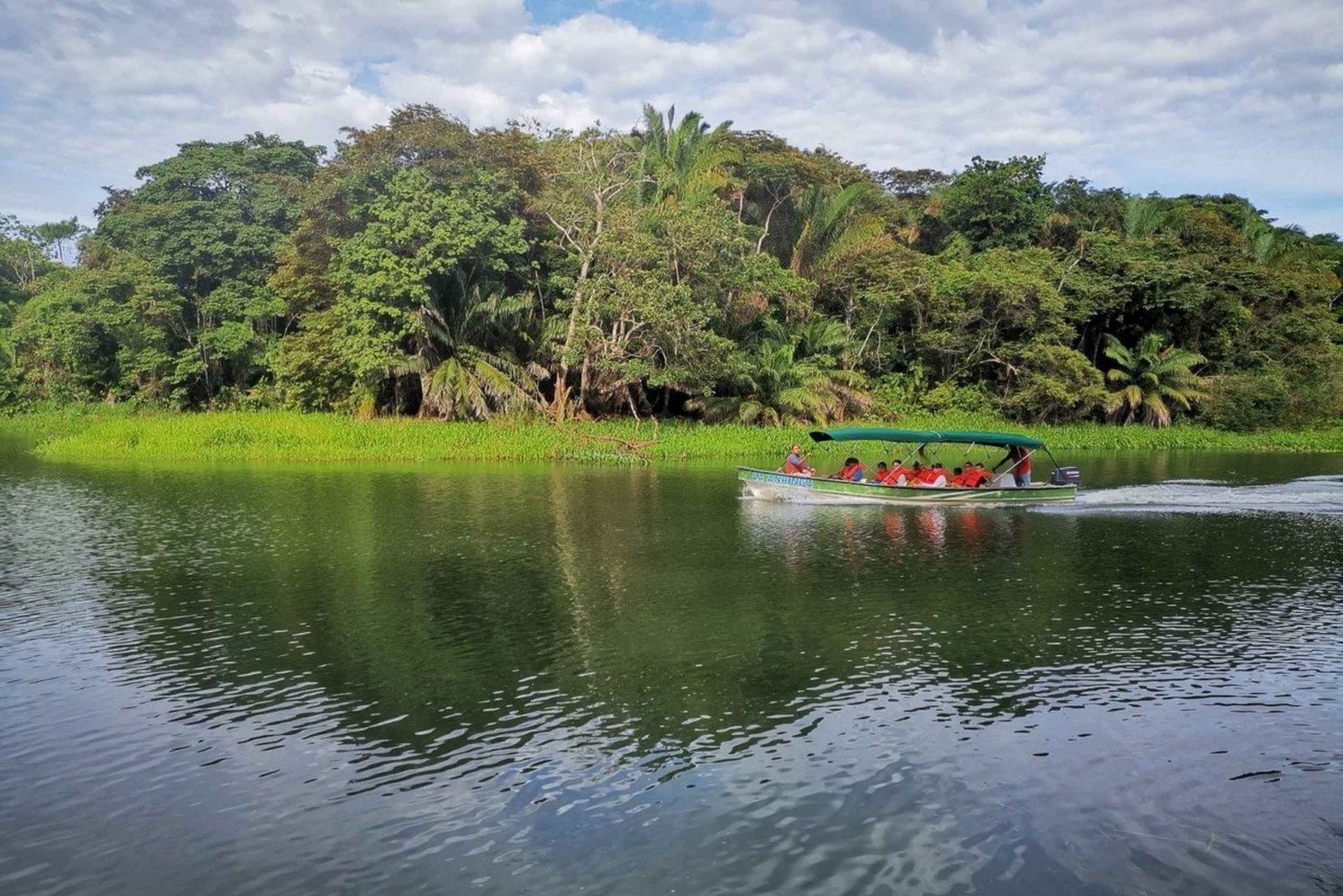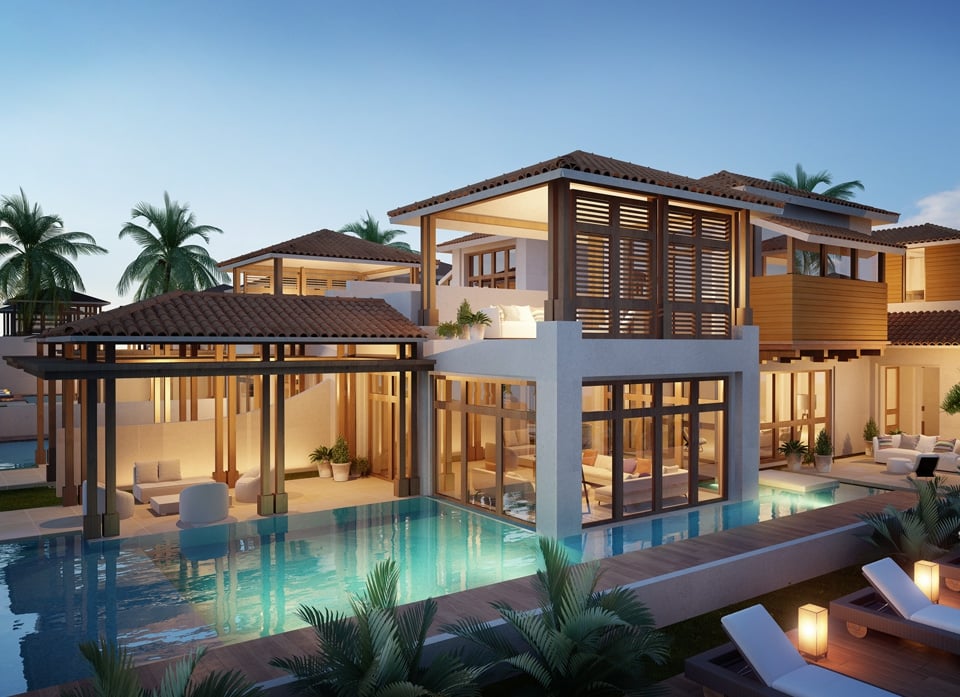Baru, the Panamanian volcano that sleeps and controls two seas
They call it the roof of Panama because, from its privileged 3,474 meters of height, the Caribbean Sea and the former South Sea can be seen without rest.
Book Top Experiences and Tours in Panama:
If youʻre booking your trip to Panama last minute, we have you covered. Below are some of the top tours and experiences!- From Panama City: Panama Canal and Monkey Island Tour
- Panama City/Portobelo: Catamaran Trip w/Snorkeling and Lunch
- Panama City: Isla Grande Beach and Portobelo Private Tour
- Panama: Taboga Island Catamaran Cruise with Lunch & Open Bar
- From Panama City: 4 San Blas Islands Day Trip with Lunch
From its summit, which is shaped like a horseshoe, the clouds become cottons, silence sounds and immensity is played with the fingers. "It is one of the wonders that we have in this country," says the director in Chiriquí of the Tourism Authority of Panama (ATP), Siguilinde Palacios.
The Baru is a scientifically active volcano because only 500 years have passed since its last eruption (1550), which was documented by Spanish navigators traveling through the Panamanian Pacific. For a volcano to be considered inactive, it must be without activity for more than 10,000 years. "Until at least 10,000 years have elapsed, the inactivity of a volcano can not be certified.
There is more to see the case of Chaiten, in Chile, which erupted in 2008 after more than nine millennia, "recalls the volcanologist. In the last 1,800 years, the Baru has suffered about five eruptions, which have occurred approximately every 400 to 500 years, but the oldest data reported by the Smithsonian Tropical Research Institute fixed in 9280 a.C. the first eruption confirmed. "If we look at its times and consider that it enters into activity every four centuries, we can say that we are in the range of a new eruption," warns the researcher.
The million dollar question is how deep is the dream of this ocean scout. According to the expert, there are two possible scenarios: that the Baru is taking a long and peaceful nap or that he has fallen into a coma from which it is difficult to wake up.
Tapias opts for the first option because in the surroundings of the crater there are usually small earthquakes, mostly imperceptible, which reveal some volcanic activity. For that reason, he likes to say that "Baru snores and snores a lot". Although the word "snoring" impresses, the scientist says that there is no danger whatsoever because eruptions are currently "extremely predictable" phenomena. So, do not panic. In addition to being the subject of scientific studies throughout the world, the Baru has recently become one of the main tourist attractions of the western province of Chiriqui, bordering Costa Rica and considered "the pantry of Panama" for its great amount of fertile land.
"It has become fashionable, more and more tourists are coming to Chiriquí to climb the volcano. In 2015, there were 6,500 visitors and the month with the highest influx was January because there are fewer clouds and it is easier to observe the two seas ", says the regional director of the ATP. There are two routes to ascend the volcano and, although one is much harder than the other, both are titanic deeds that require physical form, planning and patience.
The most popular is the one that leaves the picturesque Boquete (13 kilometers), a town surrounded by coffee plantations and strawberry plantations, crowded with retired "gringos". The other one, which leaves the town of Volcan (7.5 kilometers), is only suitable for ultra-experienced mountaineers.
Sole, a middle-aged Spanish woman hooked on yoga, has started climbing the volcano at one o'clock in the morning from Boquete with two of her children and, after 13 hours of walking (5 of them in the dark), comes almost exhausted to the car, parked on the slopes of the volcano. "At the top I felt like an astronaut, my head is dancing because of the difference in height.
The last hundred meters are tremendous, you think you'll never reach the car," most tourists prefer to start the night climb to get to the summit at dawn and have more chances to see the two oceans, because in the afternoon the clouds are more frequent.
Experts recommend carrying plenty of water and resting every hour so that the body acclimates to the altitude. "The ones who visit us the most are Europeans and North Americans. They love to experience the feeling of climbing a volcano. They are much more adventurous than us ", jokes the regional director of the ATP.
